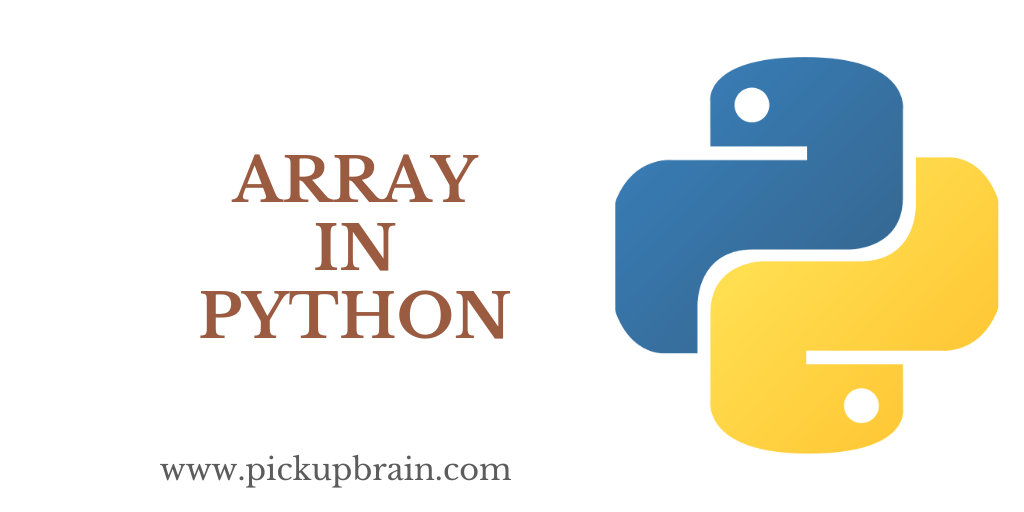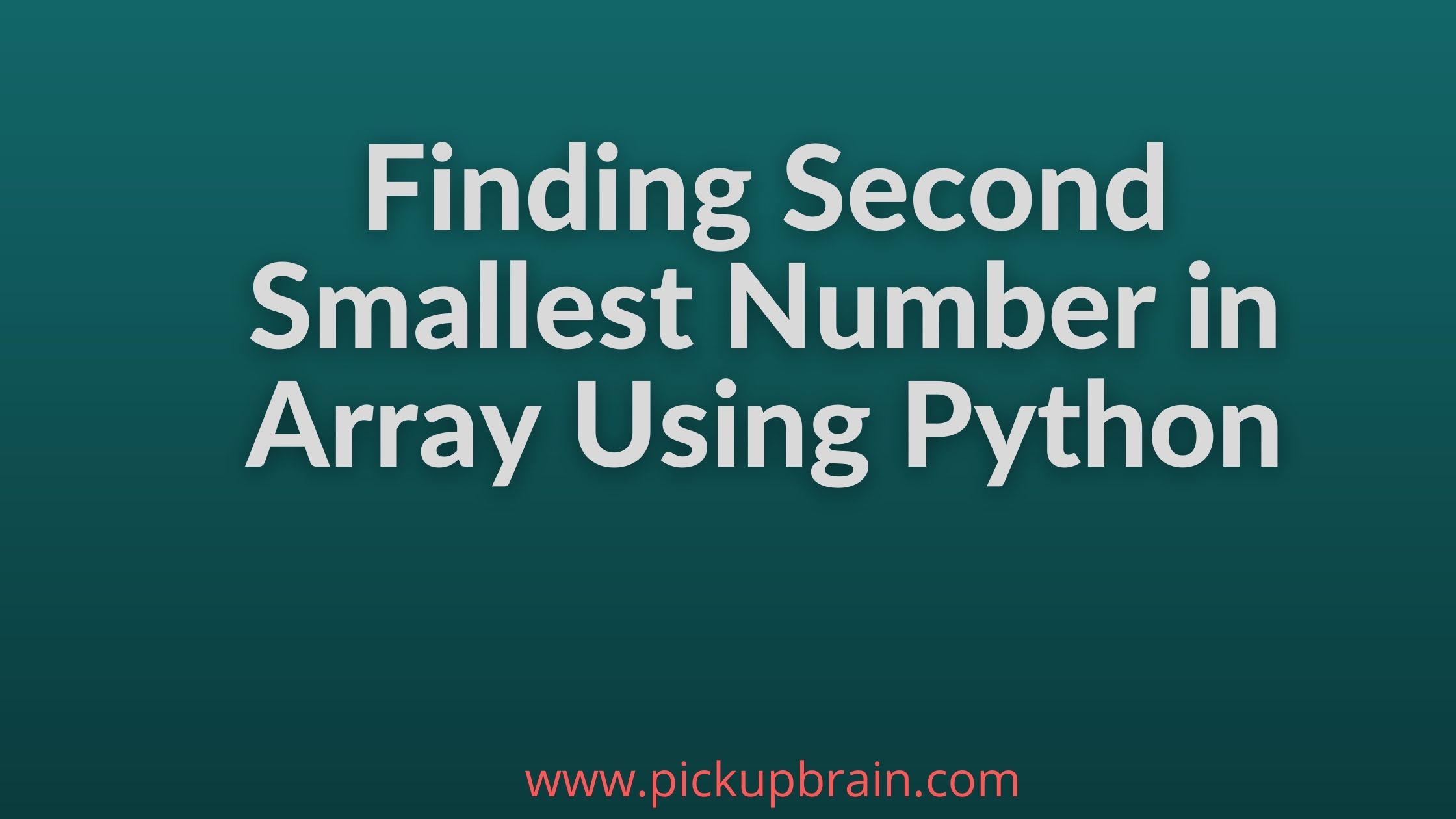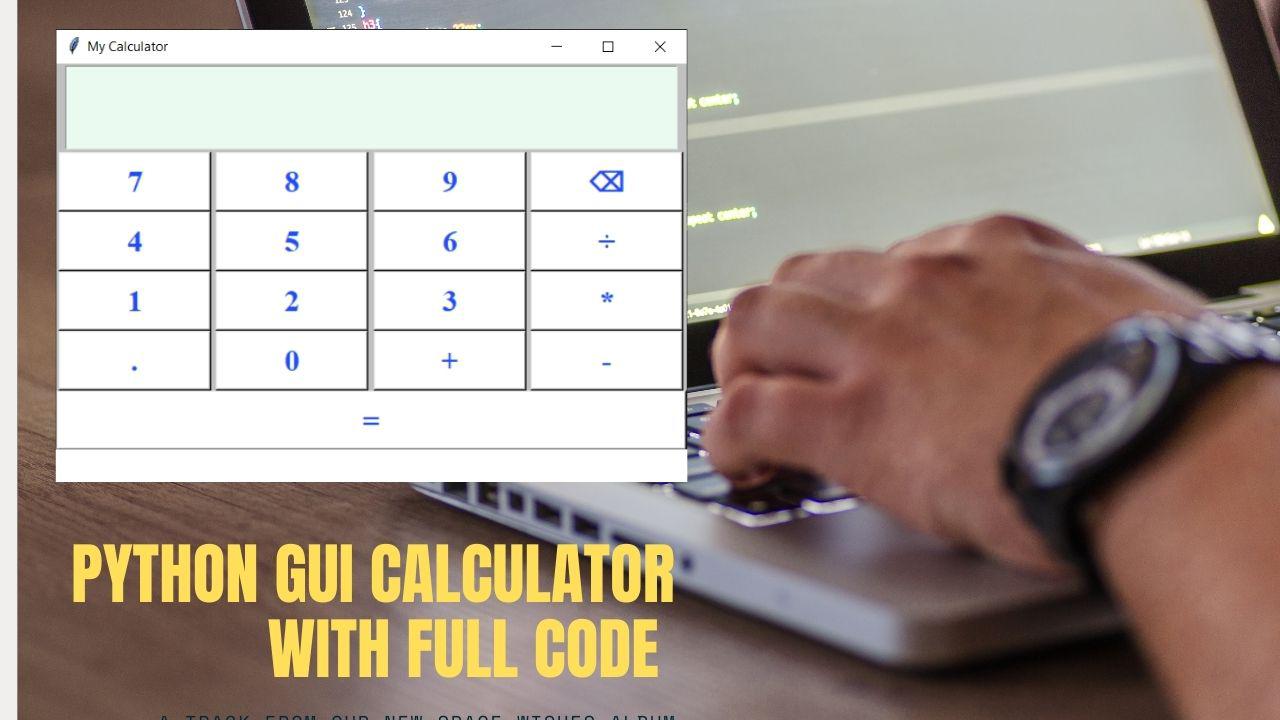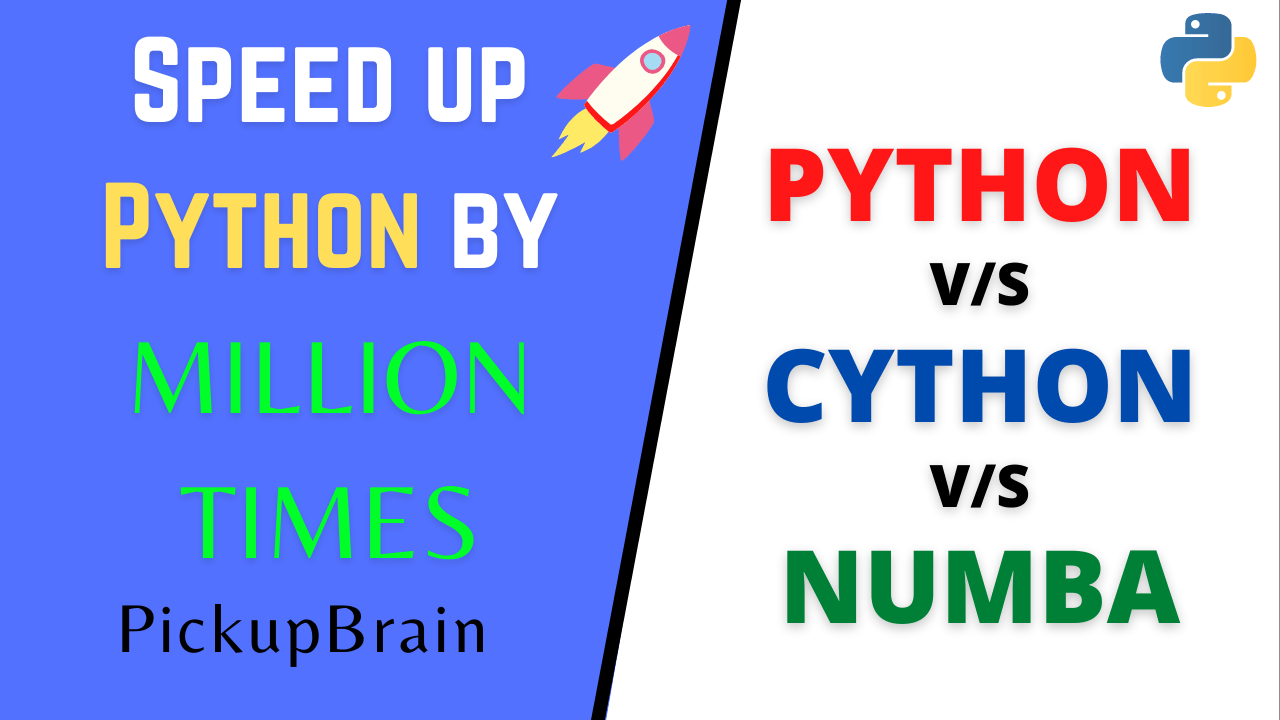There are many situations when similar operations have to performed on a complete list of data’s. A beginner will write for/while loop to perform this. But wait, there is a better and faster way to do this in python. This is where map() function . It is faster and can be done in just one line. Consider following example where, you need to carry find a square of all the… Read More »Python Tutorial : Use Map Function to speedup your python code
Python
Python is an high level, interpreted, general-purpose programming language. It’s based on design philosophy that emphasizes highly on code readability. It supports structured, object-oriented and functional programming paradigm. It has gained popularity due to its ease of use and collection of large sets of standard libraries.
An array in python is a data structure that contain a group of elements. These are use in computer program to organize data so that related set of value can easily stored or searched. It is a collection of elements having the same data type and always start from index value and index start from 0 to 1. It doesn’t have a fixed size which means it can be expand… Read More »Array in Python
Array in Python
The programming logic for finding the smallest number is easy. However, what if you want to find the second smallest number? This blog covers two different ways to find the second smallest number in the list by using Python. Method 1 (simple but inefficient): By sorting array The first program is the standalone program, where the user is asked to populated the list during run time. Then sort the list… Read More »Finding the Second Smallest Number in Array Using Python
Finding the Second Smallest Number in Array Using Python
Python is the most talk about general purpose programming language. It is the language of choice from simple data manipulation to Big data analysis, web development to desktop application, artificial intelligence to Machine learning. Learning Python gets really fun with real life application. In this blog we will build a real life Python desktop application, a GUI calculator. Python GUI Calculator The GUI calculator that we will build using Python… Read More »Build your own Python desktop Application: Python GUI calculator with full code
Build your own Python desktop Application: Python GUI calculator with full code
Data science is a byproduct of the digital age. Although statistics have been around for hundreds of years, the earliest mentions of data science did not surface until 1964. Today, our mobile devices generates more data than ever before, posing new challenges for storage and analysis. According to Forbes, 2.5 quintillion bytes of data is created every day. Gaining marketing insight from this ever-growing database in a timely manner is becoming… Read More »7 Skills to Learn in 2021 to be a Data Scientist
7 Skills to Learn in 2021 to be a Data Scientist
Python dictionary is an unordered collection of items. While other compound data types have only values as an element, dictionary has a key: value pair. While working with data, it is common to merge dictionary into one. There are two ways to merge two or more dictionaries in Python: Merging dictionaries using dict.update(). Merging using **kwargs. Merge two or more dictionaries using dict.update() Python Dictionary update() is a built-in function that accepts another dictionary or… Read More »Concatenate Two Or More Dictionaries In Python
Concatenate Two Or More Dictionaries In Python
No matter how much we love Python, we all agree that Python is Slow!!! Why? Higher level language features like dynamically typing and Python interpreter which makes Python user friendly also make it sluggish. Other reasons for being slow includes Global Interpreter Lock popularly known as GIL. All these makes Python much slower compared to compiled lower level language like C/C++ and Fortran. Features like list comprehension speeds up Python… Read More »Speed up Python up to 1 Million times: Cython vs Numba
Speed up Python up to 1 Million times: Cython vs Numba
Index of DataFrame in Pandas is like an address, that’s how any data point across the DataFrame or series can be accessed. This is similar to an index that you would see at the end of a book that helps you find content faster. The DataFrame in Python is labeled as two-dimensional data structures and comprises the main three components – Index, Columns and Data. Indexing in Pandas helps in… Read More »All About Index in Python Pandas
All About Index in Python Pandas
Imagine that we have a list of numbers we wish to sort in ascending or descending order. For this, we need a sorting algorithm that puts an elements of an array in a certain order. Of many sorting algorithm, bubble sort algorithm is one of the simplest. Though it performs poorly in the real world is often used in educational purpose because of its simplicity. Bubble sort is an algorithm… Read More »Bubble Sort Algorithm in Python
Bubble Sort Algorithm in Python
Apart from selecting data from row/column labels or integer location, Pandas also has a very useful feature that allows selecting data based on boolean index, i.e. True or False. This is boolean indexing in Pandas. It is one of the most useful feature that quickly filters out useless data from dataframe. Believe me, it has lots of use cases and is helpful to select subset of data based on actual… Read More »Boolean Indexing in Pandas




